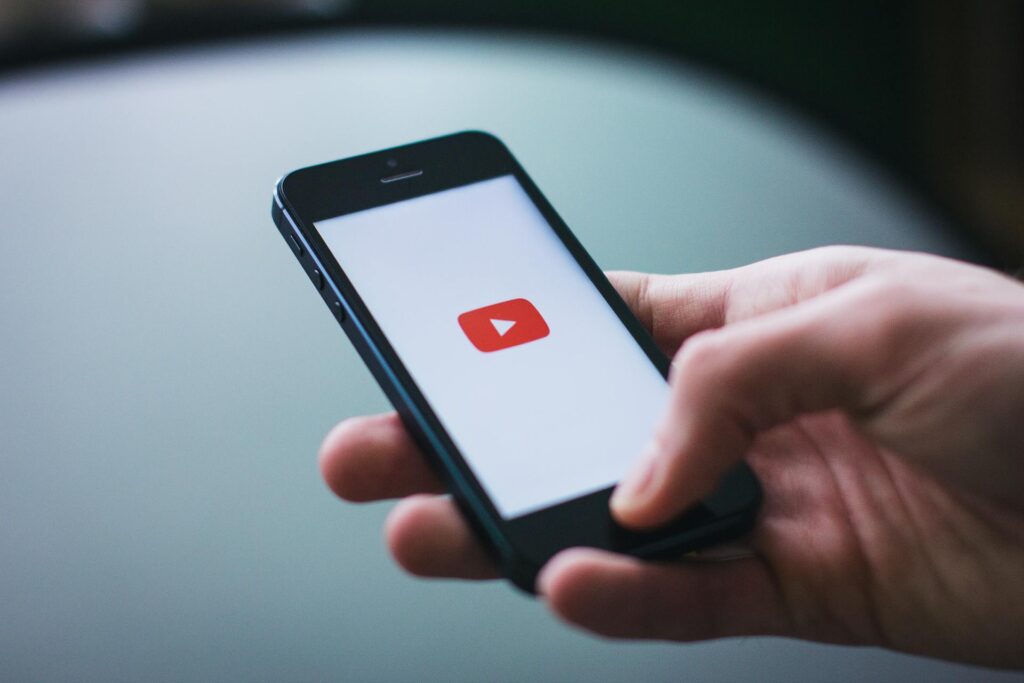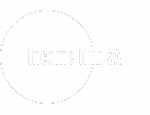This guide walks you through the practical steps creators use to build an audience and earn on YouTube — from channel setup and growth to the different ways you can monetize and how to protect your income. Read it straight through or jump to the step you need.

Quick snapshot — how creators earn on YouTube
Main ways creators make money:
- Ad revenue (through the YouTube Partner Program / AdSense).
- Fan-funding (Super Chat, Super Thanks, Channel Memberships).
- Merch & shopping (merch shelf / product tags).
- Brand deals & sponsorships.
- Affiliate marketing.
- YouTube Shorts revenue share & YouTube Premium revenue.
- Selling your own digital products or services (courses, consulting).
YouTube’s official pages list these as common creator earnings paths. YouTube
Step 1 — Decide your goal, niche & angle
- Pick a clear goal. Do you want steady part-time income, a full-time business, or to sell products/services off-platform? That choice changes your strategy.
- Choose a niche and audience. Narrow beats broad (e.g., “simple home workouts for busy parents” vs “fitness”). Niches let you target search terms, ad buyers and sponsors.
- Define 3 content pillars. Pick three repeatable formats (tutorials, reviews, shorts, vlogs). These form the backbone of your upload plan.
Why? Advertisers, subscribers and the algorithm reward channels that solve specific problems or entertain a clearly defined audience.
Step 2 — Pick formats: long-form vs Shorts (and when to use each)
- Long-form (5–20+ min): best for watch-time, deeper topics, tutorials and monetizable ad inventory.
- Shorts (vertical, <60s): great for fast growth, discovery and subscriber gain — but Shorts view counts are tracked differently for YPP eligibility. Shorts can accelerate growth but mix them with long-form to build watch time and deeper engagement. Google Help
Step 3 — Channel branding & setup (quick checklist)
- Channel name that’s searchable and memorable.
- Clean channel avatar + banner (clear value proposition).
- Channel trailer (30–60s) that tells new visitors what you do and asks them to subscribe.
- Fill the About page with keywords, contact email and links (website, socials).
- Add channel sections and playlists to group content.
- Enable 2-step verification on your Google account (required for some features).
A tidy, professional channel builds trust and increases the chance that visitors subscribe on their first visit.
Step 4 — Production fundamentals (hooks, watch time & thumbnails)
- Hook your viewer in the first 5–15 seconds. Use a promise, a surprising stat, or a short visual that makes them stay.
- Structure for retention: intro → value → supporting details → short recap/CTA. Keep intros short.
- Thumbnail + title: thumbnails should be readable at phone size; titles clear and keyword-focused but not clickbaity. Test several thumbnail styles to increase CTR.
- Audio always matters. If you must choose one upgrade, buy a good lavalier or shotgun mic before an expensive camera.
- Edit tightly. Cut pauses, remove fluff and keep pacing energetic. Use on-screen text and captions where helpful.
Step 5 — YouTube SEO & discoverability
- Use YouTube search autocomplete to find keywords users type.
- Put the main keyword in the title, first 1–2 lines of the description and at least one pinned comment.
- Write a detailed description (150–300+ words) with natural keywords, links and timestamps (chapters).
- Add closed captions (auto captions are OK but editing them helps accessibility and search).
- Use playlists to increase session time (watch next behavior).
- Add end screens and cards that point to related videos or playlists.
Good SEO increases organic (search + suggested) traffic, which compounds over time.
Step 6 — Upload workflow & consistency
- Publish cadence: pick a realistic schedule (e.g., 1x/week or 3x/week Shorts) and stick to it. Consistency trains both the algorithm and your audience.
- Batch produce when possible (script, record, edit multiple videos in one block).
- Upload checklist: final render → add custom thumbnail → fill title/description/tags → add chapters → set visibility and publish settings → share to socials.
- Use the pinned comment to highlight CTAs (subscribe, free resource, affiliate link).
Step 7 — Grow your audience (engagement, community & collabs)
- Ask viewers to subscribe and tell them the benefit (what to expect).
- Reply to comments — early engagement boosts ranking.
- Use the Community tab when eligible to post polls, images and behind-the-scenes.
- Collaborate with creators in related niches to tap into each other’s audiences.
- Repurpose long videos into Shorts, social clips and audiograms — it multiplies touchpoints.
Measure retention, CTR and impressions → watch time in YouTube Analytics and double down on formats/topics that perform best.
Step 8 — Monetization paths & how to unlock them
A. YouTube Partner Program (ad revenue)
To earn ad revenue and YouTube Premium shares, your channel must meet YPP eligibility. For full ad revenue sharing you need either:
- 1,000 subscribers + 4,000 valid public watch hours in the last 12 months, or
- 1,000 subscribers + 10 million valid public Shorts views in the last 90 days.
When you meet the thresholds you can apply; YouTube will review your channel for policy compliance before approving monetization. Google HelpYouTube
B. Fan-funding & early monetization tiers
YouTube now provides earlier access to fan-funding features (Super Chat, Super Thanks, Channel Memberships, etc.) once you meet lower thresholds such as 500 subscribers + 3 public uploads in 90 days + either 3,000 watch hours or 3 million Shorts views (check the official help pages as rollout varies by country). These tools let creators earn directly from fans before full ad revenue is unlocked. Google Help
C. Shorts revenue share
Shorts monetization is handled differently than long-form ads — there’s a Shorts revenue model and Shorts views count toward specific eligibility rules. Use both Shorts and long-form strategically. Google Help
D. Channel memberships, Super Chat / Super Thanks
Once enabled, memberships provide recurring monthly revenue; Super Chat (live) and Super Thanks (applies to uploads) let fans tip creators. These are best used when you have an engaged community.
E. Merch & YouTube Shopping
You can sell branded products (merch shelf / product tagging) through YouTube Shopping once your channel meets eligibility and store linking requirements. This channels direct product purchases from viewers to your shop. Google Help+1
F. Sponsorships & brand deals
Brands pay creators directly to feature products. Sponsorship rates depend on niche, engagement and audience demographics. For smaller channels, start with product exchanges or low-cost deals and negotiate higher as you prove results.
G. Affiliate marketing & own products
Affiliate links, courses, consulting, or digital downloads let you earn without YouTube’s approval and are often the highest-margin income sources per sale.
Step 9 — Applying for YPP and AdSense basics
- When you hit the eligibility thresholds, go to YouTube Studio → Monetization → Apply. You’ll be asked to accept the terms, connect an AdSense account and confirm you comply with policies. YouTube
- Payments: ad earnings flow into AdSense; AdSense issues payments on a monthly cycle (paid the month after the earnings month, subject to thresholds and holds). Keep your payment details up to date in AdSense. (See AdSense payment timelines in Google help.) Google Help
Quick RPM math example (how ad revenue works):
If your channel gets 100,000 views and your RPM (revenue per 1,000 views) is $2:
- Divide views by 1,000: 100,000 ÷ 1,000 = 100.
- Multiply by RPM: 100 × $2 = $200.
So 100,000 views at $2 RPM → $200 (this is illustrative; actual RPM varies widely).
Step 10 — Protecting your revenue: copyright, COPPA & content rules
- Copyright / Content ID: uploaded videos are scanned; if Content ID finds matches, copyright owners can monetize, block, or track your video — which affects your ad revenue. Use licensed music or YouTube’s audio library and clear rights for clips you reuse. Google Help
- COPPA / “made for kids”: If videos are “made for kids,” features like personalized ads and some engagement tools are limited — that usually lowers ad revenue. Correctly label content for kids; mislabeling risks penalties. Google Helpblog.google
- Community Guidelines & advertiser-friendly rules: content that violates policies can get demonetized or removed. Avoid repeated or recycled low-value content that adds no original context (YouTube has updated policies to emphasize originality). Keep clear records and be prepared to appeal if you believe a claim is incorrect. The Economic Times
Step 11 — Improving revenue & metrics to watch
Key metrics in YouTube Analytics:
- Watch time & average view duration (longer = better for ads and recommendation).
- Impressions click-through rate (CTR) (thumbnail + title effectiveness).
- Audience retention (how much of the video people watch).
- Traffic sources (search, suggested, browse) and RPM / estimated revenue.
To raise earnings:
- Improve retention (fewer drop-offs).
- Raise CTR with better thumbnails/titles (test one variable at a time).
- Increase session time (push viewers to playlists/next videos).
- Diversify income: pair ads with affiliate links, memberships, merch.
Step 12 — Tax, payout & record keeping
- Keep records of all AdSense payments, sponsorship income and affiliate earnings. You’ll need them for taxes. Payment schedules and thresholds are managed in AdSense (make sure payment details and tax info are complete to avoid payment holds). Google Help
- Consult a local accountant on declaring YouTube revenue and VAT/sales tax obligations in your country.
Step 13 — 90-day action plan (practical)
Week 1–2
- Finalize niche + 3 content pillars.
- Make a simple channel banner, trailer and 3 video scripts.
- Decide upload cadence (1 long + 3 Shorts weekly is common).
Week 3–6
- Produce & publish 6–10 videos (batch record + edit).
- Create thumbnails, descriptions with keywords and 3 playlists.
- Start collecting emails / lead magnet if you plan to sell courses.
Week 7–12
- Analyze top-performing videos and double down.
- Start outreach for small sponsorships / affiliates appropriate for your niche.
- Test one monetization path (e.g., set up a merch store or affiliate links).
- Evaluate options to apply to the Partner Program when/if you reach the thresholds.
Common beginner mistakes (avoid these)
- Posting inconsistent content or constantly switching niches.
- Ignoring thumbnails and titles (they drive clicks).
- Using unlicensed music or copyrighted clips without permission.
- Treating Shorts as the only strategy — balance Shorts with long-form watch-time builders.
- Relying on a single income stream (ads alone are unstable).
Final checklist (short)
- Niche and content pillars chosen.
- Channel branding + trailer + About completed.
- Upload cadence and batch workflow set.
- Thumbnails + SEO checklist used for every video.
- Analytics monitored weekly (watch time, retention, CTR).
- Diversified monetization plan (ads, fan funding, affiliates, merch).
- Copyright and COPPA compliance checked.
- AdSense and tax info ready when you apply for YPP.

